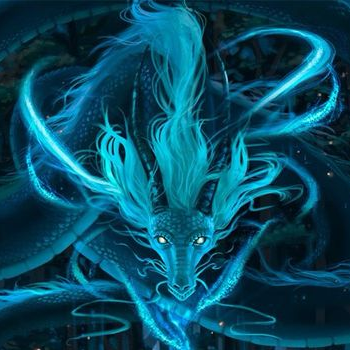And what is it? Always assumed it was just water but now I’m pretty sure it’s not. Also do all cars do this?
One byproduct of combustion is water vapors. As molecules get rearranged during the combustion process you are using heat to make the gasoline (a HYDROcarbon, i.e. hydrogen and carbon) react with OXYGEN. So some of it comes out with the hydrogen binding with oxygen creating H2O (water, hydrogen and oxygen) , and others are CO or CO2 (Carbon and oxygen) the leaner the mixture the more likely you get the relatively harmless co2 instead of the deadly CO because the more oxygen rich mixture allows for mpre complete combustion with two oxygen molecules to bind to it making co2 instead of just one binding to it making CO.
Anywho, those water vapors condense when the exhaust and engine cool into actually liquid since colder air can’t hold as much moisture as the normally hot exhaust. When you start the car that condensed water gets blown to then end of the exhaust and drips out.
I am probably not 100% accurate on the chemistry, I am just a firefighter that likes to also work on cars. I understand how fire works.
Great explanation, relatively simple
Isnt it sometimes gas?
If your engine is working very poorly. Unburned fuel in your exhaust is a problem large enough that you’ll probably be experiencing a lot of engine trouble.
And explosions in the exhaust (backfires)
Ah oki
No, if your car was built in the last 50 years it probably has a catalytic converter, which will burn off any fuel that hasn’t combusted before it gets out of the exhaust. And even so, once you get to the point where you’re having fuel flow out the exhaust it would be flooded to the point well beyond hydro-lock and wouldn’t be running at all.
This is normal, and all cars actually do it.
In 99% of cases, water from your car exhaust system is absolutely normal and is nothing to worry about. It is just condensation being vented while the engine is running. You’re most likely to notice this when the outside temperature is cold and when the engine has not been running all that long.
I don’t think EVs do it
I didn’t know ev’s had exhaust.
They don’t, hence my comment.
I know, hence my comment.
This thread is on no stupid questions. Why go out of your way to be rude/smart ass?
What did you find rude or smart-ass about that statement?
You’re projecting quite a bit onto me. Maybe you should take the day off.
Your edit speaks volumes. I didn’t down vote that one btw. It was fine enough. I was playing stupid to continue what I thought was joke.
And that’s why you started acting like a jerk?
They do, in the nearest coal power plant. :DE:
It is just water. When the engine starts the cold exhaust heats up creating condensation which drips off as the exhaust fumes are expelled.
It “can” be oil, but you’d need to be pretty unlucky, and need a new engine.
And then it wouldnt “just” be oil, it would be belching out smoke too.
Gas to water phase change. Otherwise known as condensation
Yep, as stated, it’s water and all internal combustion cars do that when the exhaust isn’t heated up yet. (when it is it’ll leave the exhaust as steam)
This is the main reason that cars that are only used for short distances or aren’t used regularly use up their exhaust pretty fast. The condensated water in the exhaust stays there to long and isn’t ‘boiled out’, which will result in rust, eating away at the exhaust. (with the mufflers, cat and bends being the 1st to rust trough.
When the engine and exhaust is at temprature, you shouldn’t see anything coming from the exhaust at regular outside thempratures. White smoke indicates there is a (huge) coolant leak, blue smoke indicates an oil leak. Belching black smoke is caused by diesel engines being revved up to fast. This is caused by how the engine accelerates. Petrol and LPG engines add air to the mixture when you accelerate, with the injection system (or carburator) adding more fuel a fraction later. (making the mixture a tad lean for a short period) Diesel engines dump in more fuel, which results in a (very) rich running engine for a short time, until more air is sucked in. The extra diesel isn’t combusted correctly, resulting in the black plumes.
You’re right, it is water. One of the products of Burning of hydro carbons is water - when the exhaust is cold it condenses and collects / drips from the exhaust. When the system has been running for a while it’ll get hot enough that the gases don’t hit their due point and any existing condensed water should evaporate and be carried away with the flow of exhaust gasess. On really cold days you can usually always see the exhaust gases when the car is stationary.
It obviously catches some of the particulates / exhaust fumes and is a little nasty and that’s why maybe you thought it was something else.
It’s most likely water. The two main chemical products of fuel combustion are carbon dioxide and water vapor. The vapor condenses and drips out of the exhaust.
As the other comments say, it is water.so take note, you should run your car for as.longnas it takes to ensure no more water is dripping…this will prevent rust forming inside and corroding… unless, that doesn’t happen anymore







